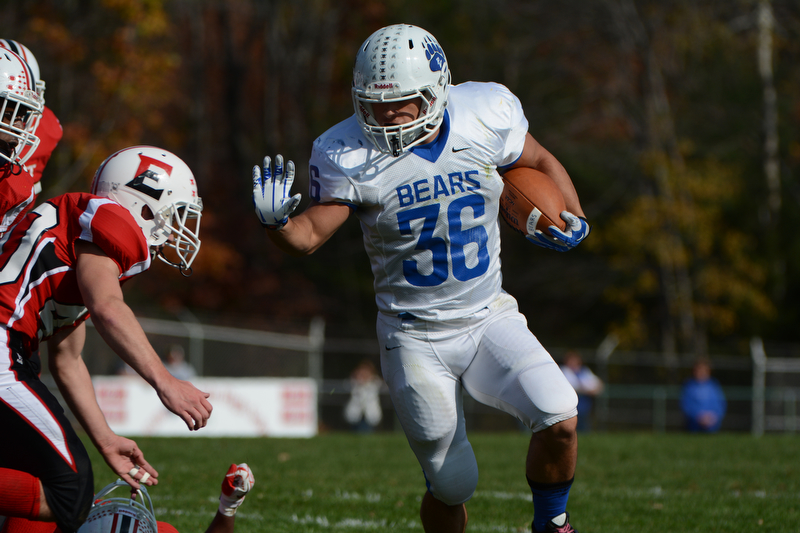Which brand of flash cards do you use? Do you know offhand without looking?
This decision might seem small and virtually unimportant, but I can tell you firsthand just how vitally important this decision is to your work!
I know that talk about photo equipment usually revolves around the latest and greatest camera bodies or lenses. Other essential equipment such as flash units, monopods, camera bags, etc. are also discussed at length in photographer’s circles. But flash cards? When was the last time you had a lengthy discussion about flash cards?
Today I was on an online chat regarding a compact flash card that is failing. The problem is that the first three images come up as blank images. This is not good, especially if any of these first three images are important captures! This is the second flash card I had fail on me, too. I just don’t have the time to be dealing with such unreliable products even if they are replaced by the manufacturer’s warranty.
So, I want to share with you which flash cards I use on a daily basis for my photography: SanDisk.
Now my intent here is not to get into another war on words such as MAC vs. PC, Nikon vs. Canon, etc. If you have a brand you prefer that’s fine. However, have you ever had a flash card fail? How often? Is it a recurring problem?
My photography experiences point to specific examples of what works and what works only sometimes for me. I prefer SandDisk cards because they are fast, reliable, and dependable. These three elements help make my decision on which brand of flash cards to buy a no brainer. When I am capturing images, the last thing I need worry about is how reliable my flash card is working!
For me and my cameras, it is SanDisk!
